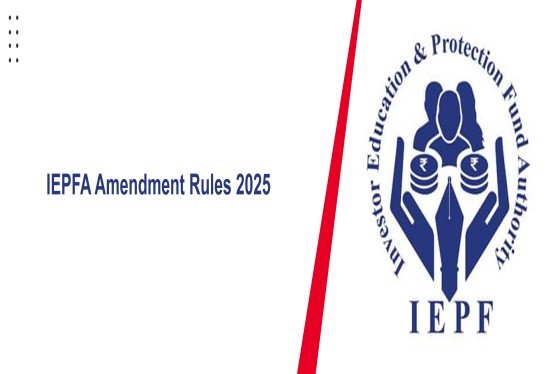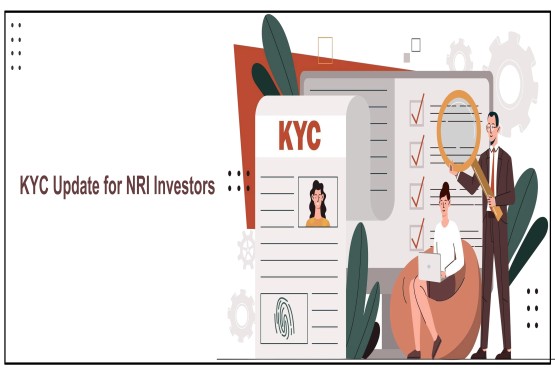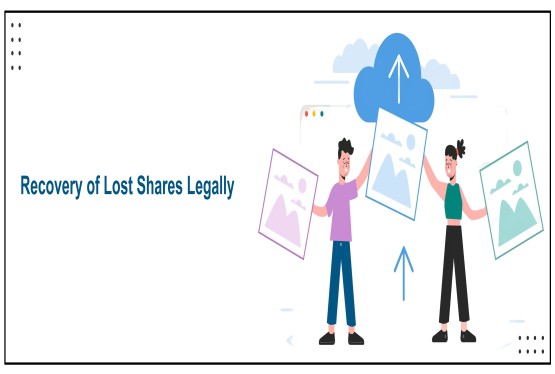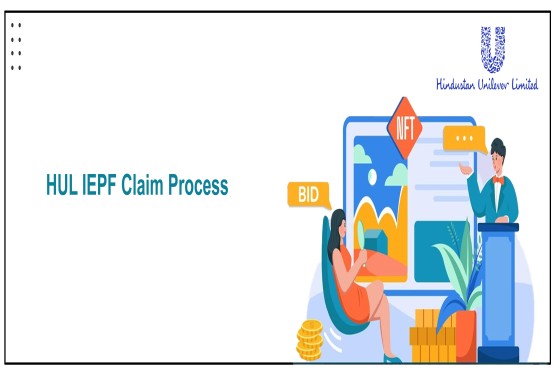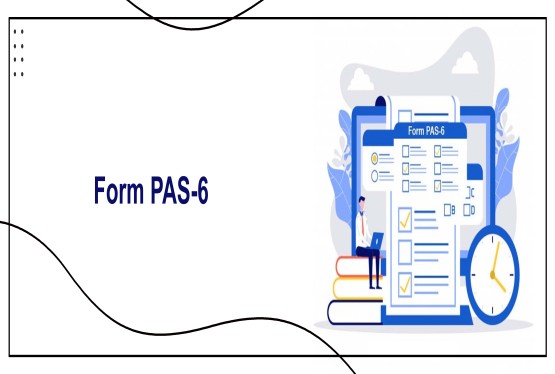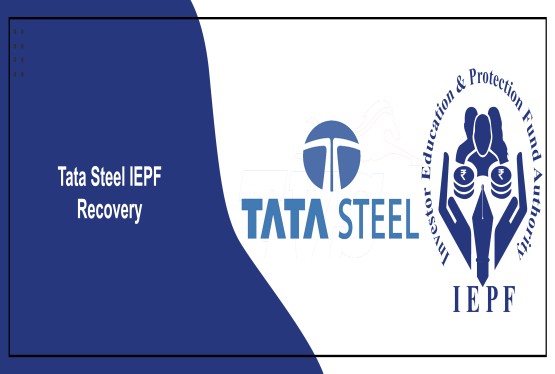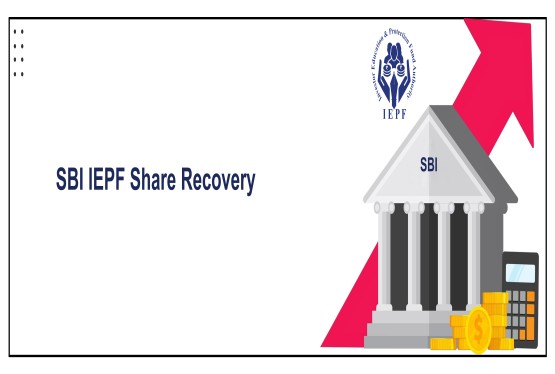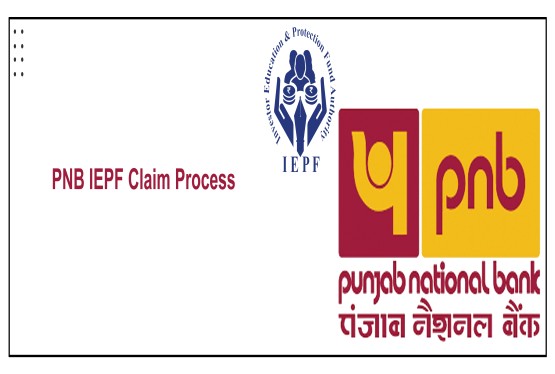A company is considered a separate legal entity, distinct from its members, shareholders, and directors. This principle is one of the foundational doctrines of company law and provides the basis for the concept of limited liability. However, when this principle is misused for fraudulent or illegal purposes, courts may intervene by disregarding the company's separate personality. This legal intervention is known as the "Lifting of Corporate Veil" under the Companies Act, 2013.
What is a Company?
Under Section 2(20) of the Companies Act, 2013, a company is defined as an entity incorporated under this Act or any previous company law. It is an artificial legal person that exists separately from its owners. The company can sue and be sued in its own name, hold property, and enter into contracts independently.
Doctrine of Lifting the Corporate Veil
The Lifting of Corporate Veil under Companies Act, 2013 refers to the legal decision to treat the rights or duties of a corporation as the rights or liabilities of its shareholders or directors. When this veil is lifted, the courts look beyond the separate identity of the company and hold the actual persons behind the company responsible for the acts carried out under the company's name. This concept acts as a safeguard against the misuse of corporate personality.
Importance of the Corporate Veil
The corporate veil provides a level of protection to shareholders and directors from the liabilities of the company. It allows business owners to take risks without the threat of personal liability. However, this same shield can be exploited for fraudulent activities or to escape legal obligations, prompting the need for judicial intervention.
Grounds for Lifting the Corporate Veil
The courts usually lift the corporate veil in instances where the company form is misused for fraudulent or dishonest purposes. The following are the key grounds on which the Lifting of Corporate Veil under Companies Act, 2013 can occur:
Misstatement in Prospectus
When a company issues a prospectus containing false or misleading statements, those who authorized its issue, including directors and promoters, may be held liable for compensating any losses suffered by investors. They can also face imprisonment for a minimum of six months, which can extend to ten years, along with a fine that can be up to three times the amount involved in the fraud.
Misdescription of Company Name
Under Companies Rule, 2014, a company must ensure its name is correctly printed on all official documents. If an officer signs a negotiable instrument like a bill of exchange or promissory note without properly mentioning the company name, they become personally liable to the holder of such documents.
Fraudulent Conduct of Business
In the event of company winding up, if it is found that the business was conducted with an intent to defraud creditors or for any unlawful purpose, the Tribunal can make the individuals personally liable for all the debts and liabilities of the company. This ensures that individuals cannot misuse the corporate status to cheat stakeholders.
Ultra-Vires Acts
Acts that go beyond the powers of the company are termed ultra vires. If the directors or officers undertake such acts on behalf of the company, they are held personally responsible. This ensures that the authority given to company officials is not misused for activities outside the company's objectives.
Failure to Return Application Money
If a company fails to return application money within 15 days after not receiving minimum subscription in a public issue within 30 days of the prospectus, the directors and officers are jointly and severally liable to repay the money with an interest of 15% per annum. Additionally, they face a penalty of Rs. 1000 per day of default, subject to a maximum of Rs. 1,00,000.
Judicial Grounds for Lifting the Veil
Apart from statutory provisions, the courts have also interpreted situations where lifting the corporate veil is justified. Judicial precedents highlight the role of courts in identifying and punishing misuse of corporate identity.
Improper Conduct and Prevention of Fraud
When individuals hide behind the company structure to commit fraud or conduct business dishonestly, courts pierce the veil to hold them accountable. Fraudulent intent is a critical factor in these decisions.
Formation of Subsidiary as Agent
If a company creates a subsidiary solely to act as its agent to circumvent regulations or avoid liabilities, the veil may be lifted. This ensures transparency and prevents manipulation of corporate structure.
Economic Offence
When a company is involved in an economic offence such as insider trading, price rigging, or financial misappropriation, the corporate veil is lifted to identify and prosecute the actual wrongdoers.
Revenue Protection
The veil can be pierced when companies are formed or transactions are structured solely to avoid taxes or defraud the revenue department. Courts ensure that valid corporate structures are not misused to escape tax liabilities.
Illegal Objectives
When companies are incorporated to carry out illegal activities such as smuggling or trafficking, the veil is lifted, and the individuals behind such operations are held liable. This prevents the misuse of incorporation benefits for criminal gain.
Ignoring Welfare Legislation
Companies that violate welfare legislation, particularly in relation to labour laws or employee benefits, risk losing their corporate protection. Courts may intervene to ensure employee rights are upheld.
Application under Other Statutes
The concept of Lifting of Corporate Veil under Companies Act, 2013 is also extended under various other Indian laws.
Income Tax Act, 1962
When a private company is wound up and its tax dues are unrecoverable, every person who was a director during the relevant period may be held jointly and severally liable for the unpaid taxes. This ensures that tax obligations are not evaded through winding up.
Environmental Protection Act, 1986
Under environmental laws, directors and officials who consent to or neglect to prevent environmental violations may be held personally liable. This reinforces the accountability of individuals managing a company.
Noteworthy Judicial Precedents
Several landmark judgments illustrate the court's approach to the Lifting of Corporate Veil:
1. Salomon v. Salomon & Co. Ltd. (1897)
This case established the concept of a company as a separate legal entity. However, it also laid the foundation for exceptions to this rule when misused. Though the veil was not lifted in this case, it remains a pivotal precedent.
2. Gilford Motor Co. Ltd. v. Horne (1933)
Mr. Horne formed a company to avoid a non-compete clause with his former employer. The court held that the company was a sham and lifted the veil to enforce the contract.
3. Jones v. Lipman (1962)
To avoid selling a property, Mr. Lipman transferred it to a newly formed company. The court lifted the veil, describing the company as a mask to shield the real intention of avoiding a contract.
4. Vodafone International Holdings BV v. Union of India (2012)
In a major tax case, the Supreme Court ruled that the corporate veil should not be lifted as the transaction had a valid business purpose and was conducted between two foreign entities. It established that veil piercing should not be used to override legitimate structures.
5. State of U.P. v. Renusagar Power Co. (1988)
The Supreme Court held that Renusagar Power was a legally independent entity from Hindalco, and there was no justification to lift the corporate veil as it was established for valid business reasons.
6. Tata Engineering and Locomotive Co. Ltd. v. State of Bihar (1964)
The court lifted the veil to reveal that the distributor was acting as an agent of TELCO, holding the company responsible for tax liabilities that it attempted to shift.
7. Life Insurance Corporation of India v. Escorts Ltd. (1986)
The court refused to lift the veil, stating that the company had acted lawfully and there was no intent of fraud in issuing shares to foreign investors.
8. National Textile Workers’ Union v. P.R. Ramakrishnan (1983)
In a case involving the rights of workers during winding-up proceedings, the court pierced the veil to allow workers' representation, showing the doctrine’s social relevance.
Conclusion
The Lifting of Corporate Veil under Companies Act, 2013 serves as an important legal tool to prevent the misuse of corporate identity. It ensures that individuals do not exploit the principle of limited liability to commit fraud, evade taxes, or avoid legal obligations. While the corporate veil is essential for encouraging entrepreneurship and economic growth, its misuse can lead to severe consequences. Courts apply this doctrine cautiously, based on strong evidence and the necessity of upholding justice.
Through statutory provisions, judicial interpretations, and landmark judgments, the Indian legal system has established a balanced approach to corporate governance. The Lifting of Corporate Veil remains an exceptional yet powerful mechanism to ensure that the benefits of incorporation are not used for wrongful gains, protecting the interests of the public, creditors, and the economy at large.
For more details or a free consultation, visit Compliance Calendar LLP official website and connect with their expert advisors.
Email: info@ccoffice.in
Call/Whatsapp: +91 9988424211
FAQs
Q1. What does 'Lifting of Corporate Veil' mean under the Companies Act, 2013?
Ans. Lifting of Corporate Veil refers to a legal concept where courts ignore the separate legal identity of a company to hold the shareholders or directors personally liable for the company’s acts. This doctrine is used to prevent misuse of the corporate form, especially in cases of fraud, tax evasion, or illegal activities.
Q2. Under what circumstances can the corporate veil be lifted?
Ans. Courts lift the corporate veil in specific situations such as fraud, misstatement in the prospectus, fraudulent business conduct, ultra vires acts, tax evasion, and failure to return application money. It may also be lifted under other statutes like the Income Tax Act or Environmental Protection Act when individuals misuse corporate identity.
Q3. What is the significance of the Salomon v. Salomon case in this context?
Ans. Salomon v. Salomon & Co. Ltd. (1897) established the principle that a company is a separate legal entity. Although the veil was not lifted in this case, it laid the foundation for understanding the distinction between a company and its members, which is crucial for determining when lifting the veil is justified.
Q4. How does the Companies Act, 2013 address fraudulent conduct by company officials?
Ans. Under Section 339 of the Companies Act, 2013, if it is found during winding up that business was conducted to defraud creditors, the Tribunal may hold the directors or officers personally liable for all debts. This helps prevent misuse of limited liability.
Q5. Can the veil be lifted if a company fails to return application money in a public issue?
Ans. Yes. If the minimum subscription is not received and the application money is not returned within the specified period, the directors/officers are held jointly and severally liable to repay the amount with interest. Penalties are also imposed for continuing defaults.
Q6. Are there other laws besides the Companies Act that support lifting the corporate veil?
Ans. Yes. Other statutes like the Income Tax Act, 1962, and Environmental Protection Act, 1986 provide for lifting the corporate veil. For example, if tax dues cannot be recovered from a wound-up private company, its former directors can be held personally liable under the Income Tax Act.
Q7. Is lifting the corporate veil a common judicial practice?
Ans. No. Courts exercise caution in lifting the corporate veil and do so only in exceptional cases where it is necessary to prevent injustice. The principle of separate legal entity is fundamental, and courts ensure it is upheld unless there is clear evidence of misuse or fraud.











































































_crop10_thumb.jpg)


































































_crop10_thumb.jpg)
_crop10_thumb.jpg)



_crop10_thumb.jpg)


_crop10_thumb.jpg)





_crop10_thumb.jpg)

_crop10_thumb.jpg)














-suratgujarat-section-158_crop10_thumb.jpg)
-suratgujarat_crop10_thumb.jpg)
-(33)_crop10_thumb.jpg)



-ahmedabad_crop10_thumb.jpg)
-learn_crop10_thumb.jpg)

-learnn_crop10_thumb.jpg)



























































_crop10_thumb.jpg)























_Guidelines_learn_crop10_thumb.jpg)























_learn_crop10_thumb.jpg)
_crop10_thumb.jpeg)









_crop10_thumb.jpg)




_Second_Amendment_Rules,_2025_learn_crop10_thumb.jpg)







_learn_crop10_thumb.jpg)






















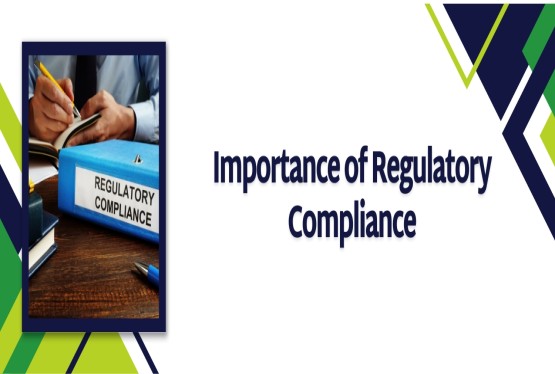







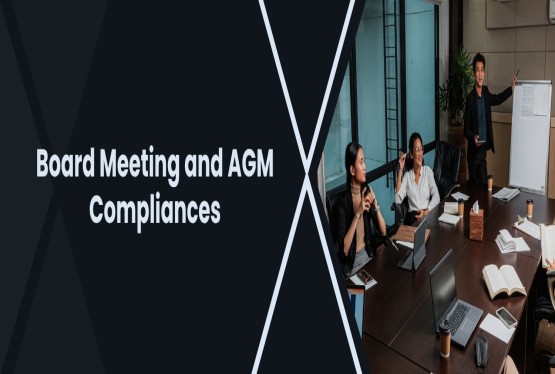
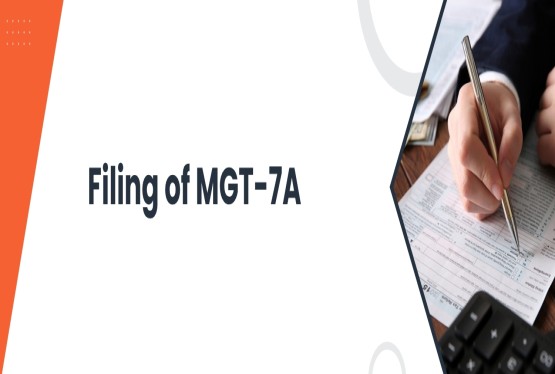
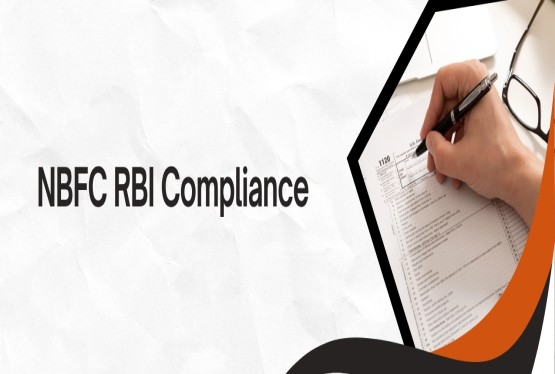
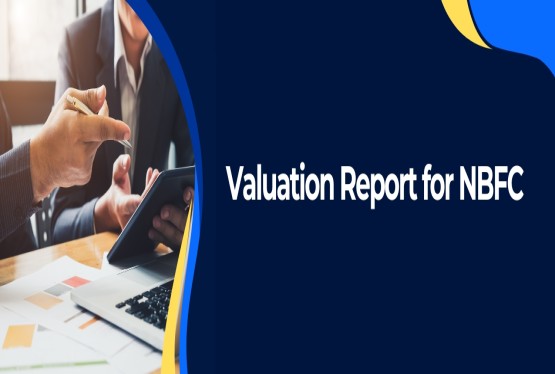





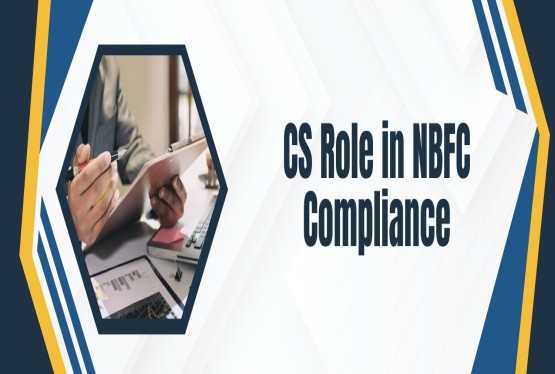


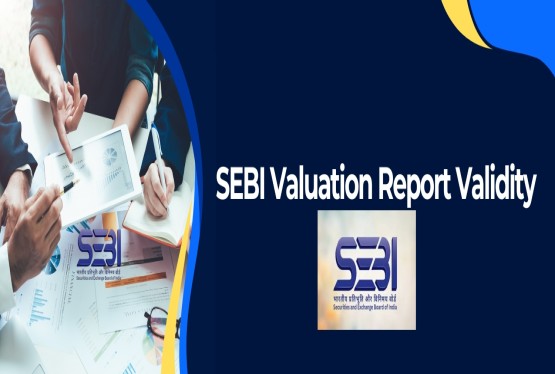

_learn_crop10_thumb.jpeg)

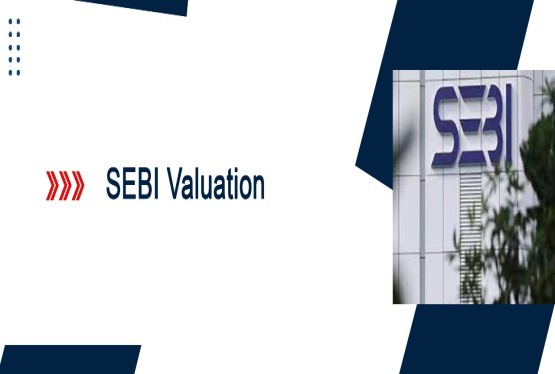


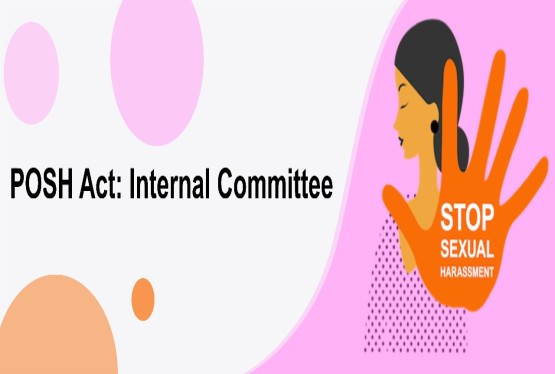
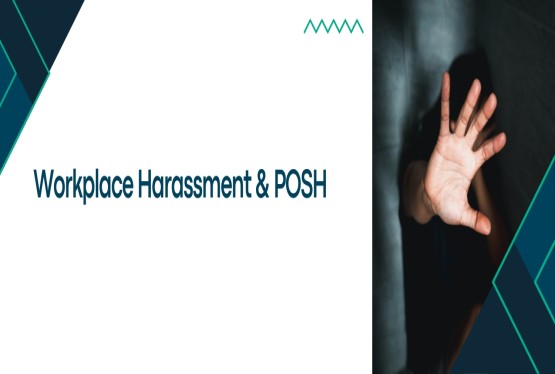



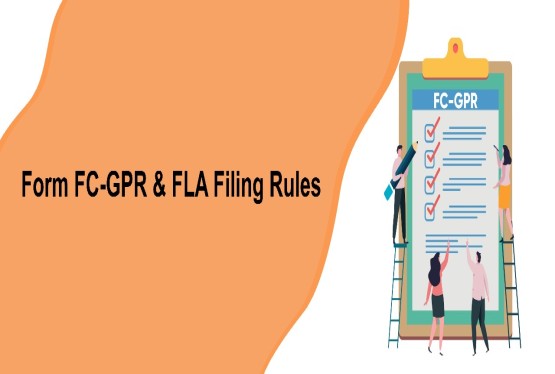
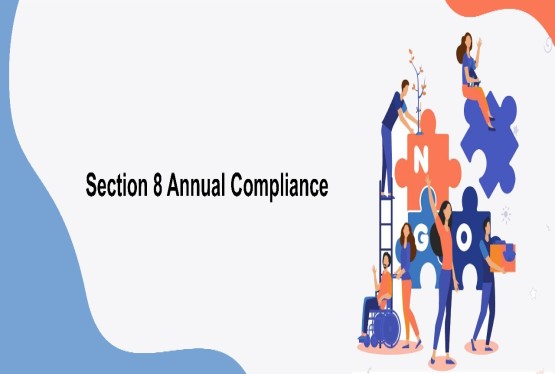
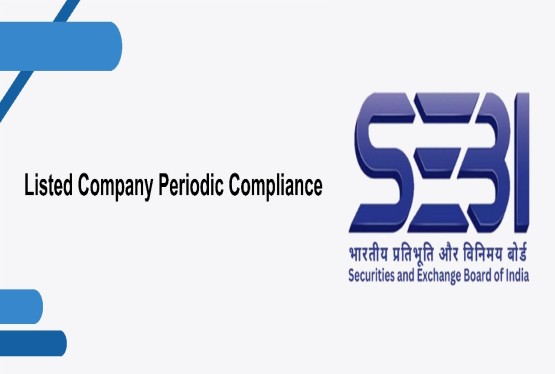

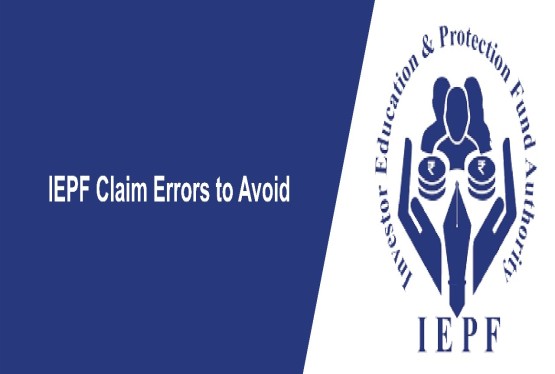


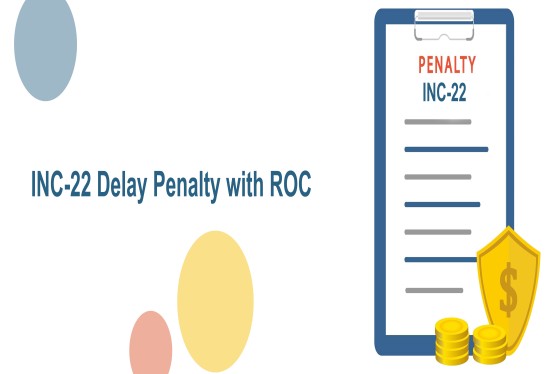
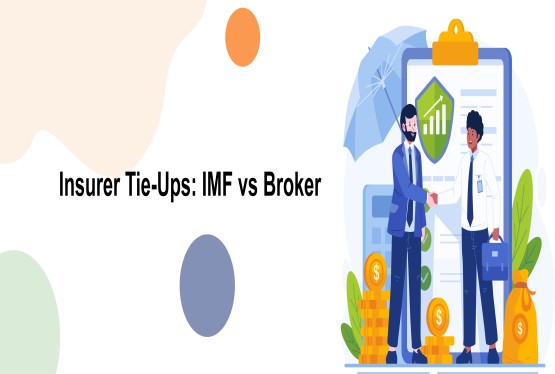

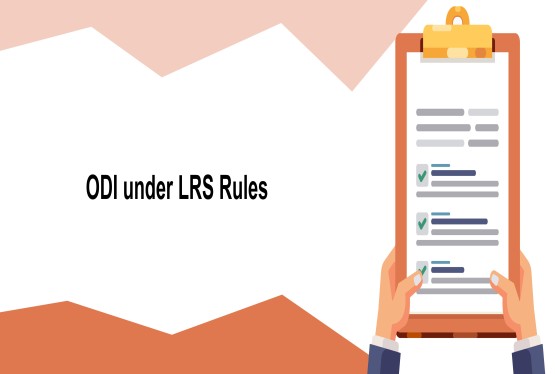
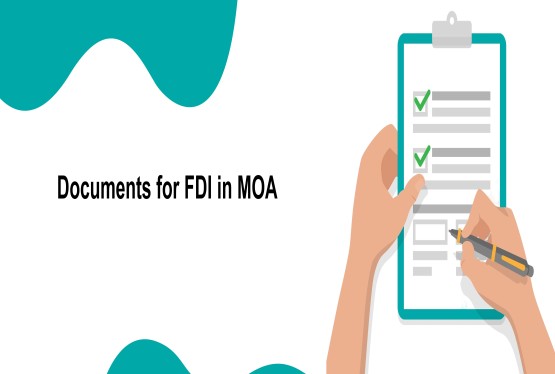


_learn_crop10_thumb.jpg)
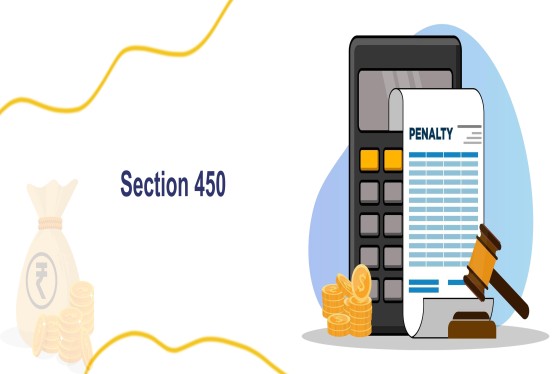

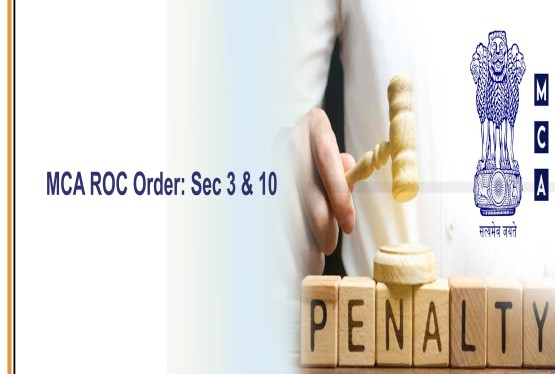
_rd_roc_learn_crop10_thumb.jpg)
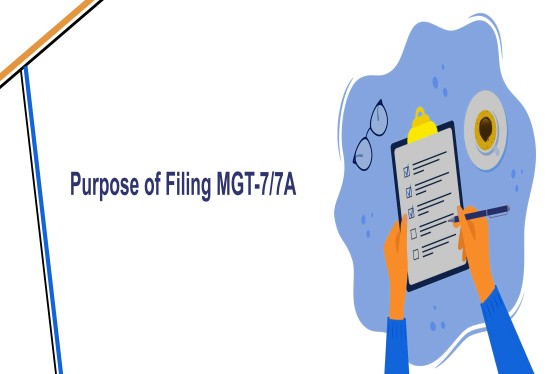



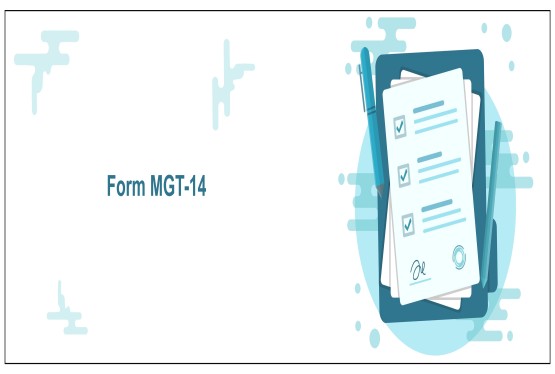
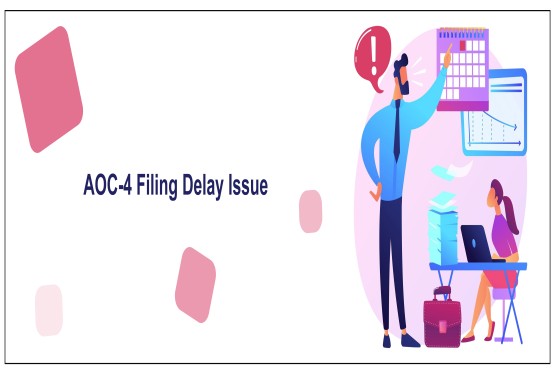
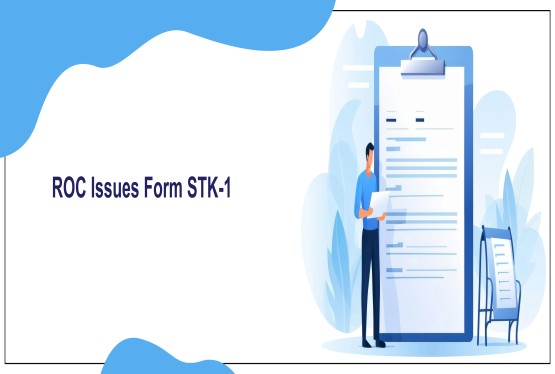

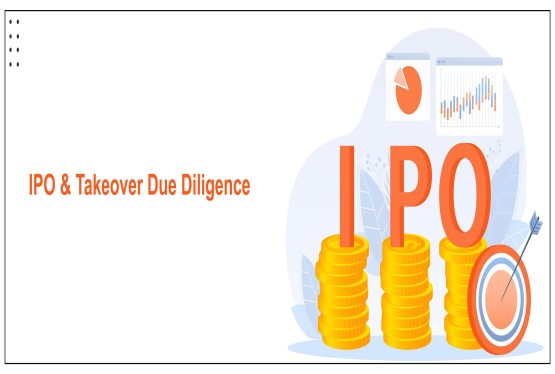
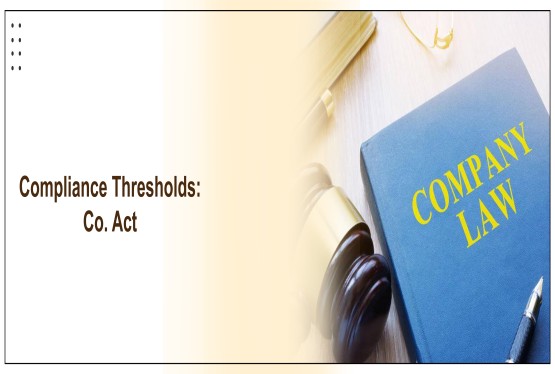
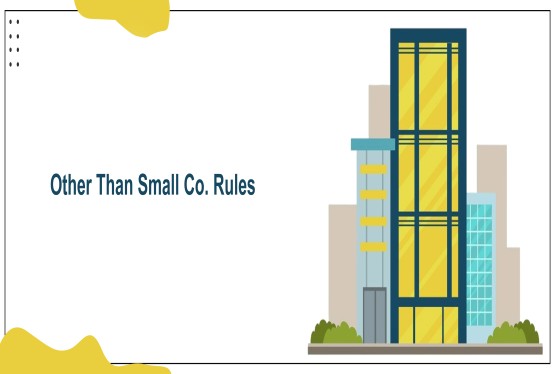

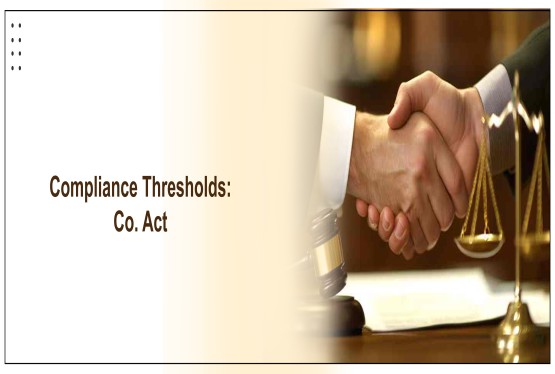
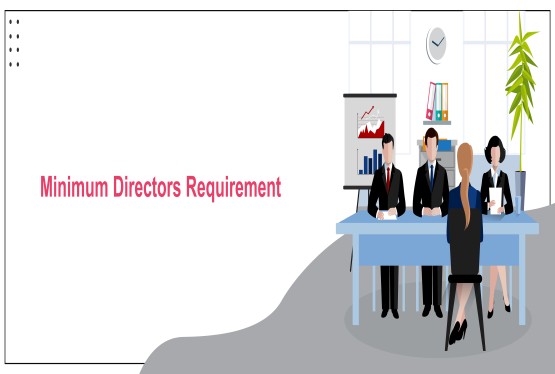

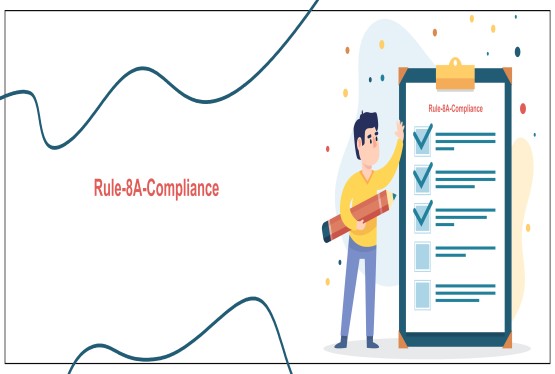
_learn_crop10_thumb.jpg)
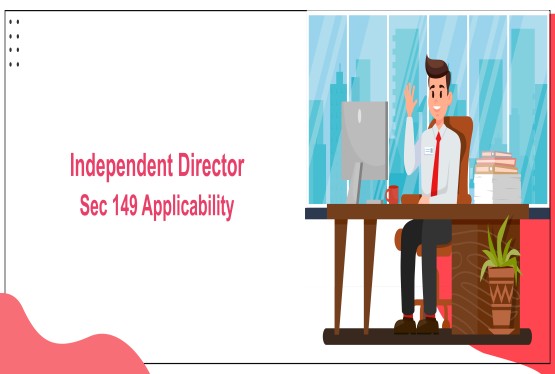
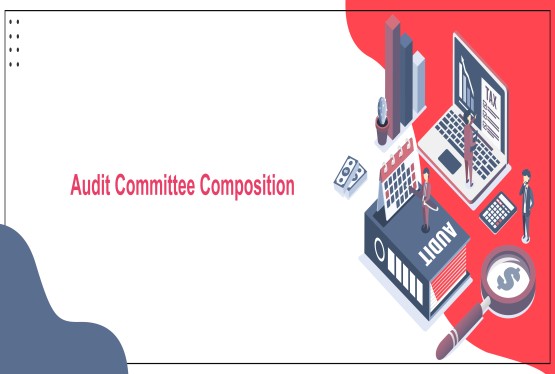
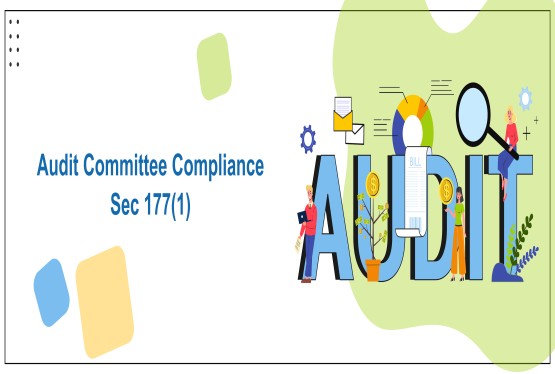



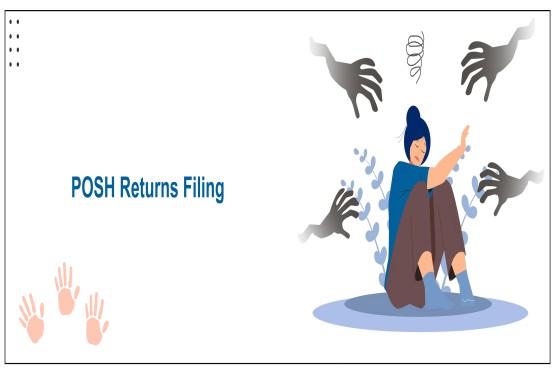
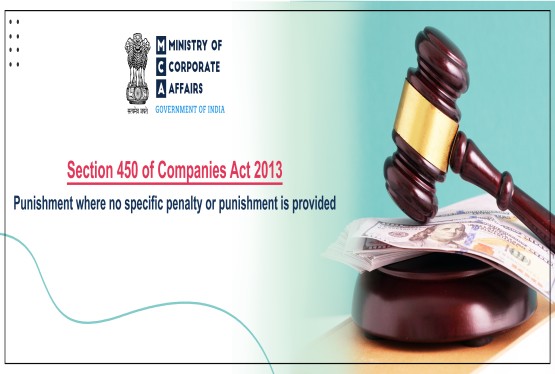

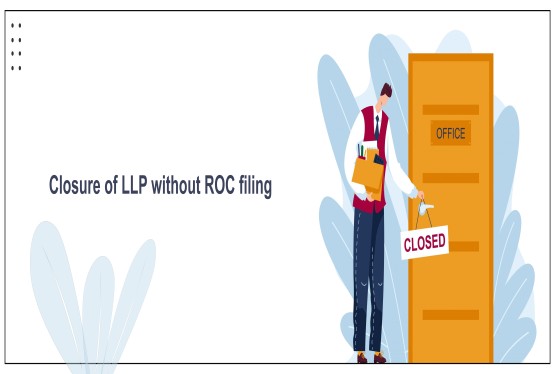
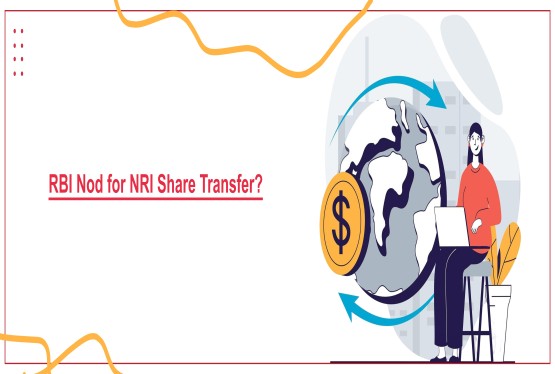

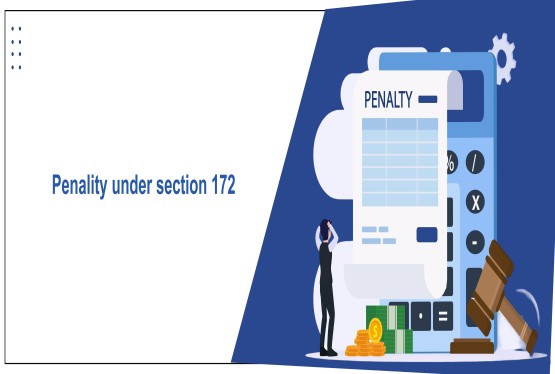
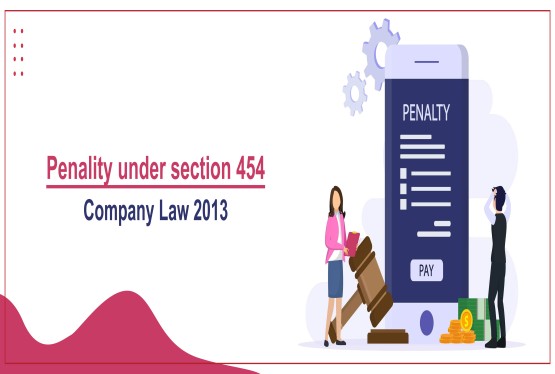
_learn_crop10_thumb.jpg)
_Learn_crop10_thumb.jpg)


